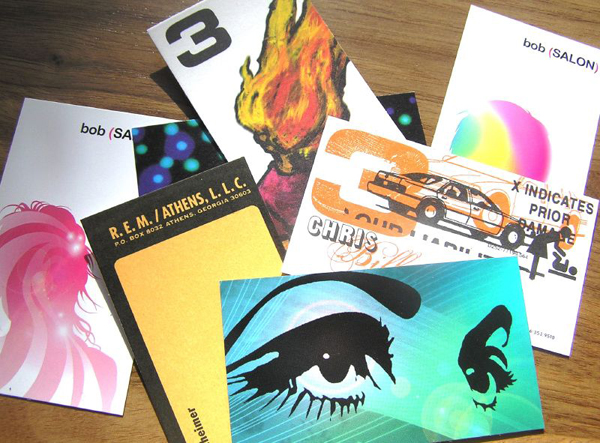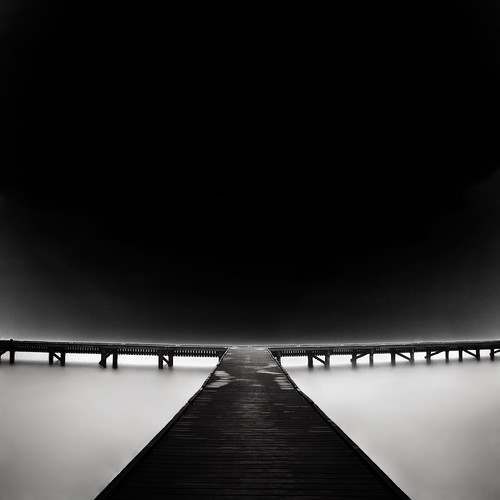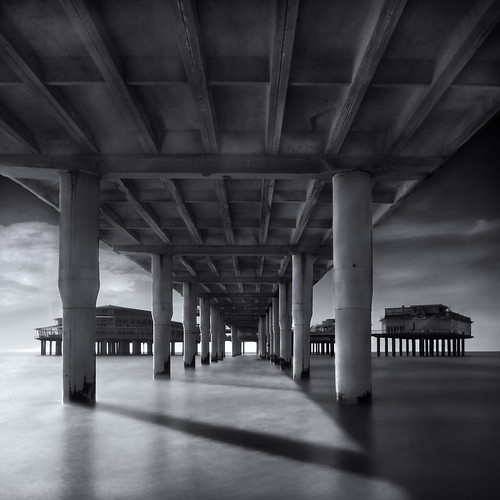
Ahhh Papyrus. It's everywhere. In newspapers, magazines, websites, on the sides of cars, billboards, commercials, restaurant signs, and even movies. What the majority of people who do not understand graphic design, and specifically typography, however, is its lack of integrity.
The worn edges combined with seemingly innocent serifs and a mutually wide kerning seem to give it an ideal
je ne sais quois that might represent the "weathered", "worn", or "vintage" look to the unaware. However, to the trained designer's eye it is visual blasphemy. Typography itself, is a complex form of symbology. It takes fonts and shapes them and combines them to provide a specific visual effect. Papyrus, is seen as a cheap typography.

Papyrus really didn't hit the scene hard until the past few years, with debuts in movies like the
Lord of the Rings and more recently,
Avatar. What the general consensus amongst designers is that in fact, the font is overrated. According to
Modern Life it ranks second in tackiest fonts, and there's a nice letter to James Cameron from
Pr*ttySh*tty on the subject as well.
I guess it is to be expected to find out-of-style and non-designerly fonts on Joe Schmoe's billboard add accompanied with starbursts, bright obscene colors, no grid layout, and lack of negative space. Specific? Yes, but common. My guesstimate is that
Avatar is the apex of the movement. It's just a fad, much like Cooper Sans, Comic Sans, or Curlz MT. My advice: there's more to the world of fonts than Papyrus, and please become familiarized with Helvetica. ;-)































